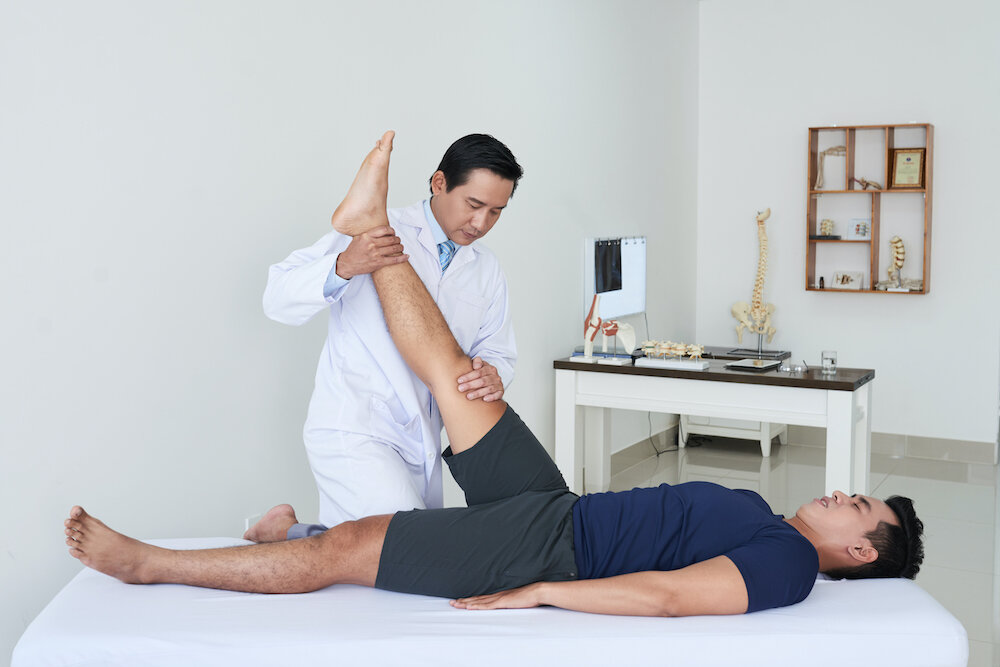The disease known as spinal stenosis, which puts pressure on the spinal cord and nerves when gaps within the spine narrow, is prevalent. This may result from back, leg, and arm discomfort, numbness, and weakness. While there are many different treatments, manual therapy has proven to be a successful method for reducing pain and enhancing function in people with spinal stenosis.
Knowing about Spinal Stenosis
Herniated discs, injuries, tumors, and age-related changes in the spine are just a few of the potential causes of spinal stenosis. The spinal cord or nerve roots may be compressed by the narrowing of the spinal canal or intervertebral foramina, causing pain and limited mobility.
The Function of Hands-On Therapy
To address musculoskeletal pain and mobility problems, experienced therapists use hands-on approaches in manual therapy. It seeks to lessen discomfort, enhance general function, and increase joint mobility. Manual Spinal Stenosis Physical Therapy can tailor treatment for those with spinal stenosis by focusing on specific dysfunctional areas.
Hands-On Methods for Pain Reduction
- Soft Tissue Mobilization:
This treatment includes applying light pressure to the muscles and ligaments that surround the spine. The therapist makes rhythmic motions to increase blood flow, lessen muscle tension, and release trigger points—all of which can help with pain relief and flexibility.
- Joint Mobilization:
The therapist moves the afflicted spinal joints in regulated ways during joint mobilization. By doing so, the nerve pressure is relieved, stiffness is diminished, and normal joint function is restored. Joint mobilization must be carried out precisely and carefully to prevent aggravating the condition.
- Spinal Traction:
Traction is a treatment that gradually stretches the spine by applying mechanical or manual forces. By allowing more space between the vertebrae, the pressure on the afflicted nerves is relieved, and spinal alignment is encouraged. Spinal traction can increase the range of motion and significantly reduce pain.
- Flexion-Distraction Technique:
This method uses a specific table to allow the spine to be gently stretched and flexed. It is especially beneficial for people with lumbar spinal stenosis. Flexion-distraction can aid in reducing nerve pressure, enhancing disc health, and enhancing spinal mobility. Visit here Women’s Wellness Services Michigan.
- The Value of Correct Technique
Although manual treatment for spinal stenosis can be successful, it must be carried out by trained and competent therapists. Excessive force or improper technique might exacerbate the illness and cause complications. As a result, those seeking manual therapy should ensure their therapist has experience treating spinal stenosis and is knowledgeable about the most recent evidence-based techniques.
Complementary Methodologies
Utilizing additional forms of therapy in addition to manual therapy can improve outcomes for those with spinal stenosis. The advantages of manual treatment can be supplemented by physical therapy exercises that emphasize stretching, strengthening, and posture correction. In addition, lifestyle changes, including preserving a healthy weight, implementing ergonomic techniques, and avoiding prolonged sitting or standing, can aid in the reduction of chronic pain and the improvement of spinal health.
Conclusion
Manual therapy is an effective and non-invasive way to manage pain and enhance function when a person has spinal stenosis. Therapists can target certain dysfunctional areas, lessen nerve compression, and promote spinal alignment through deft hands-on techniques. Manual therapy can significantly reduce pain and give patients the tools they need to live an active, pain-free life when used with other alternative methods. A healthcare practitioner must be consulted before beginning any manual therapy program for spinal stenosis, as with any medical intervention.

